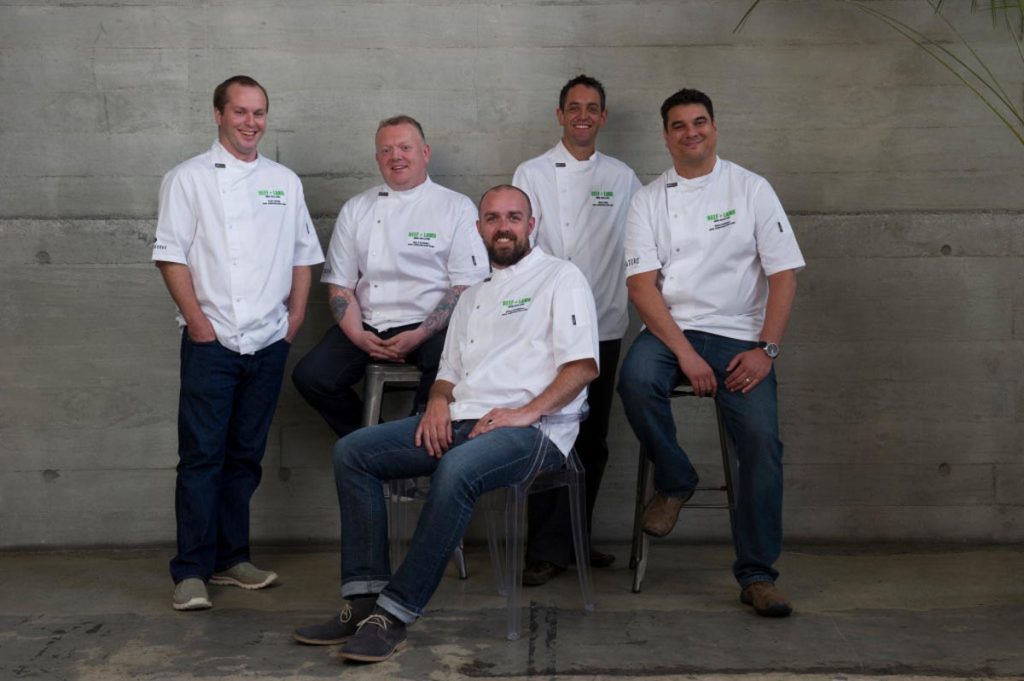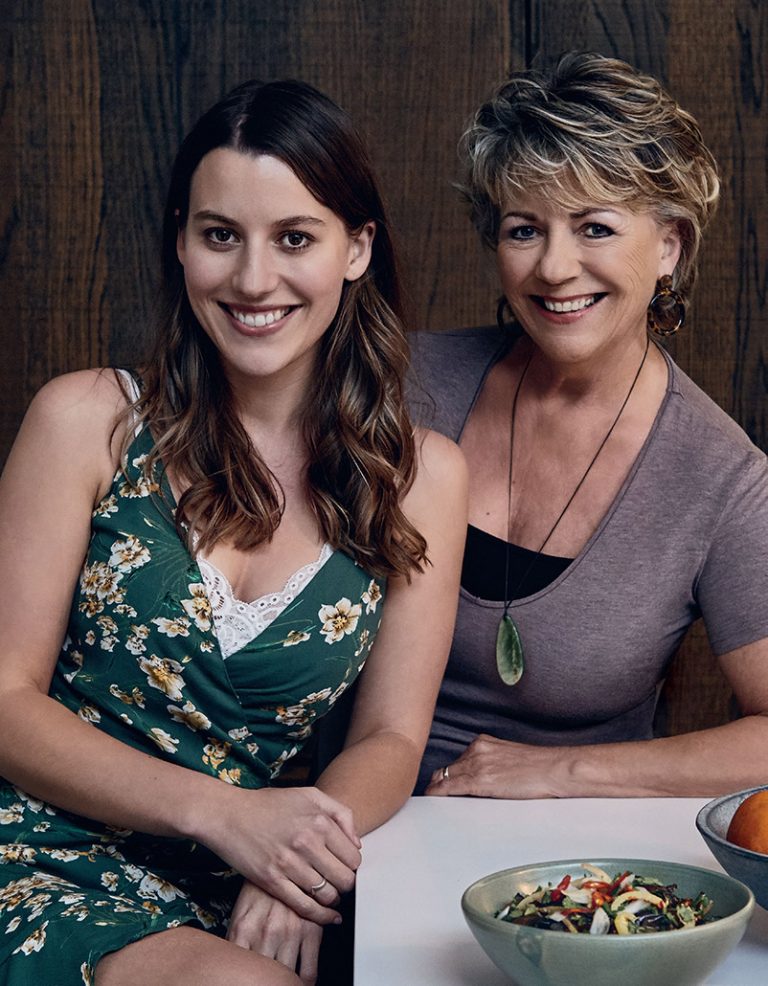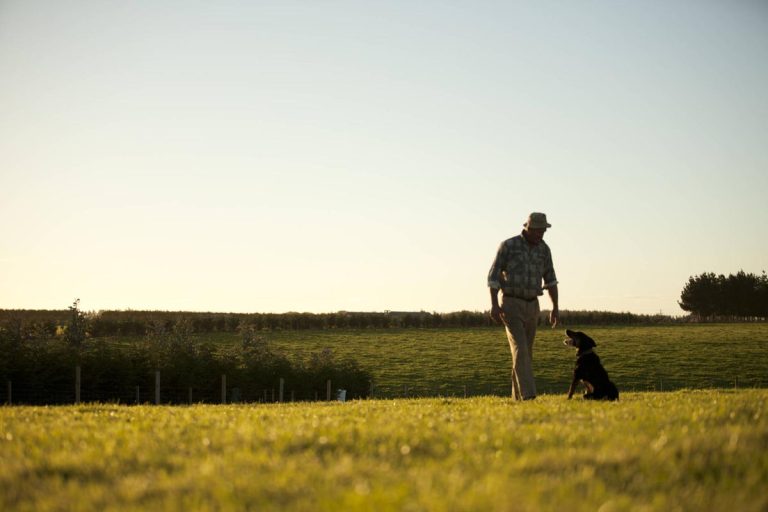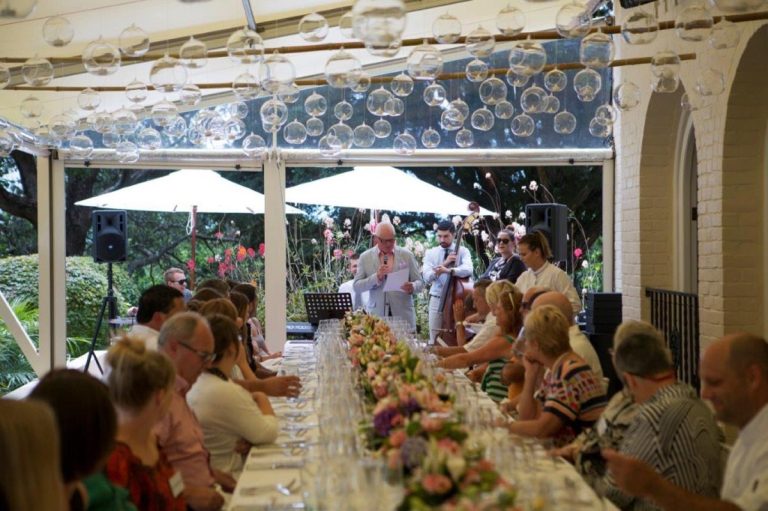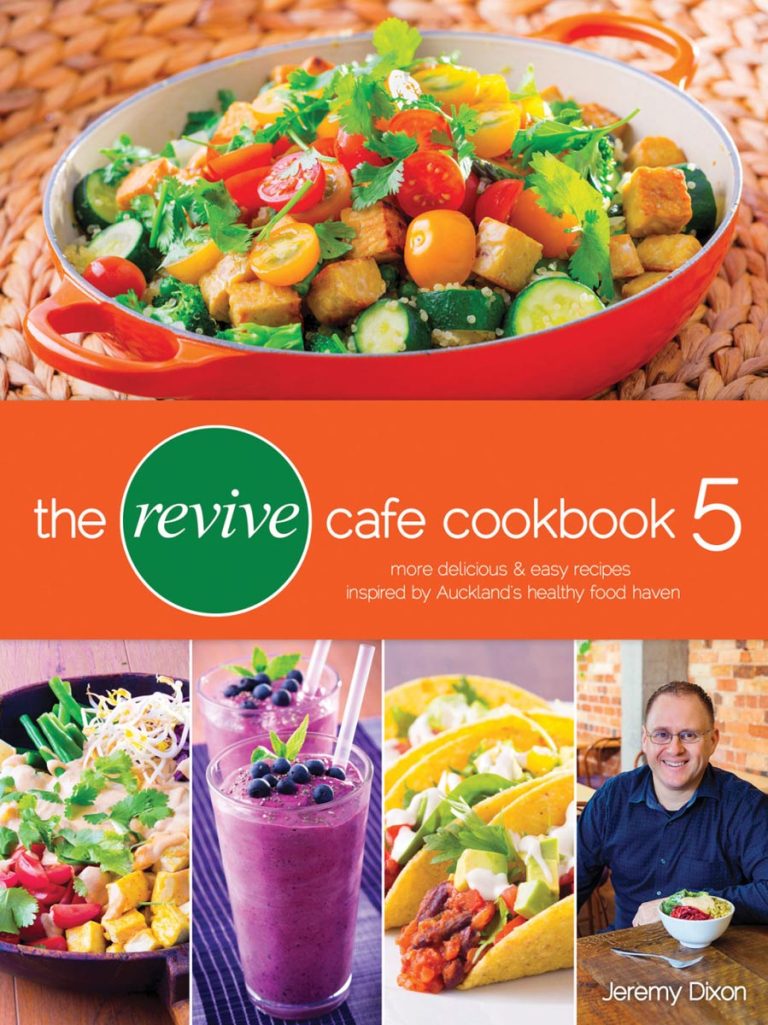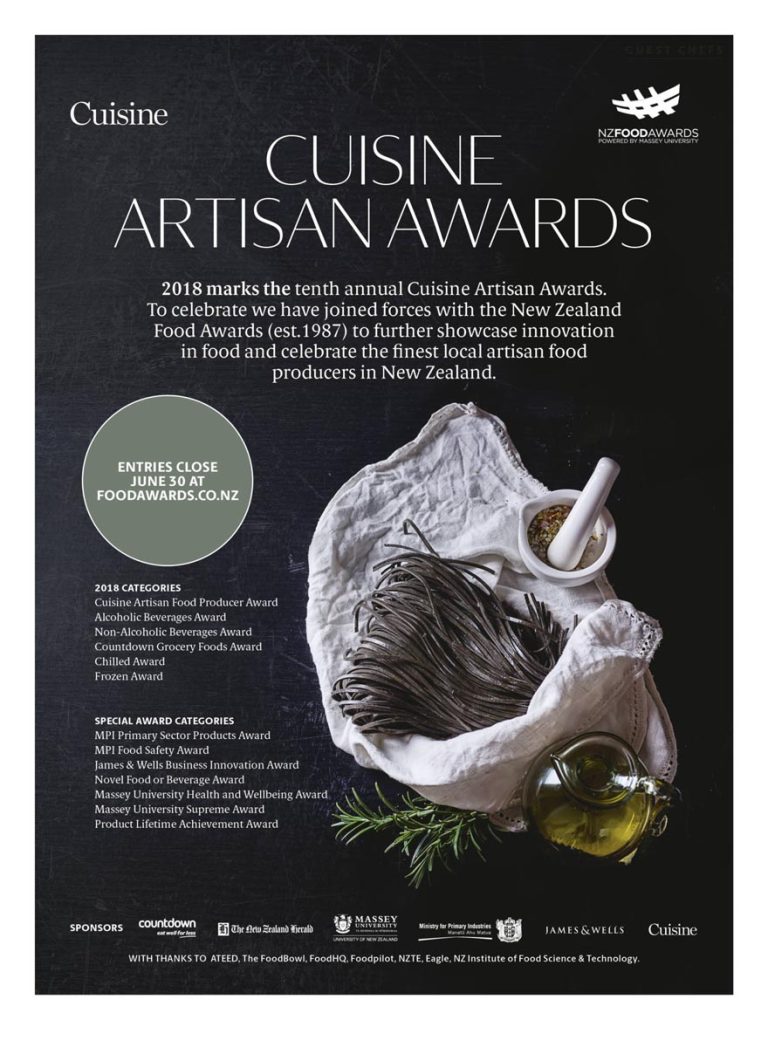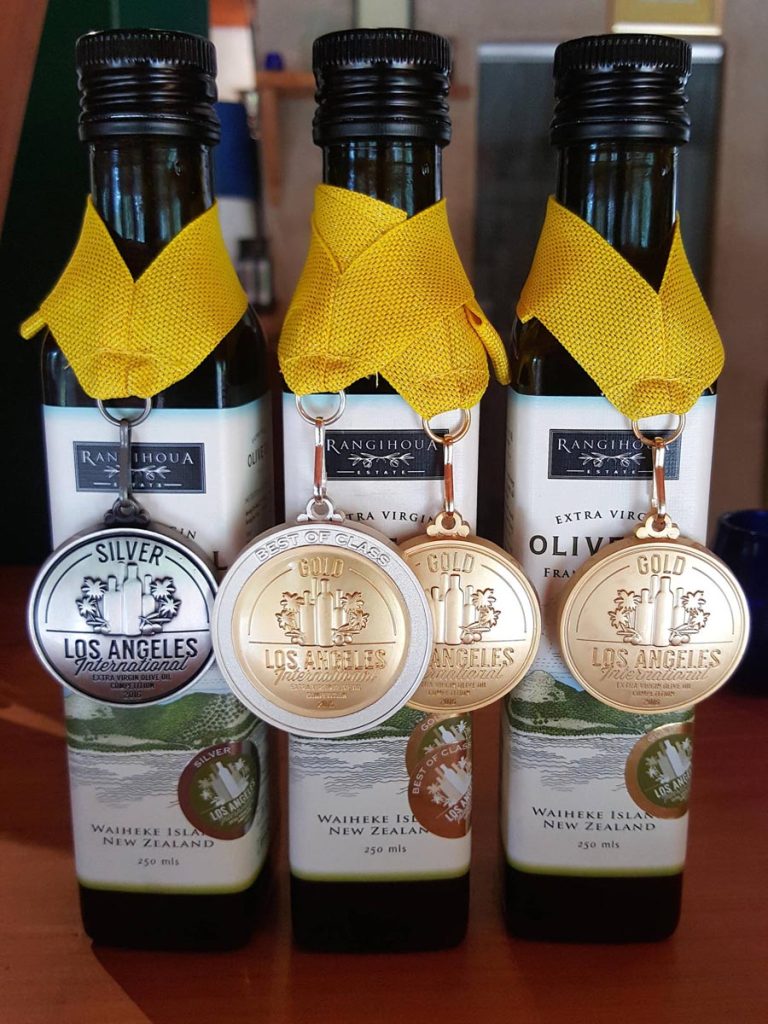A chat with Marc Soper exec chef Wharekauhau Counry Lodge
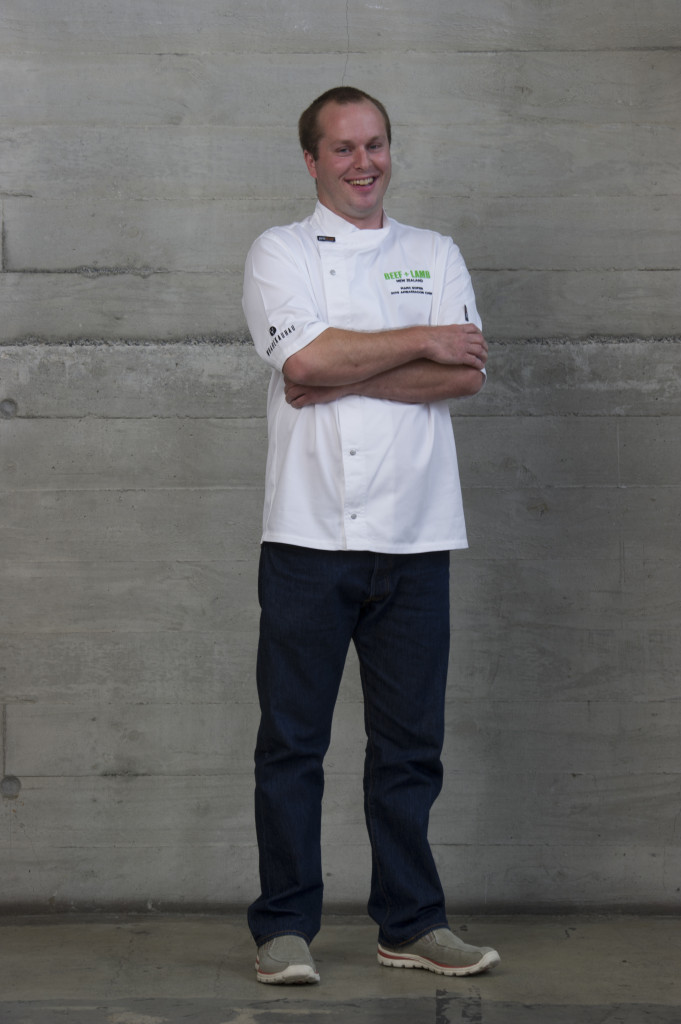
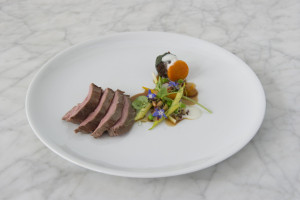
2015 Beef and Lamb Ambassador
Wharekauhau Country Lodge, Wairarapa
http://www.wharekauhau.co.nz
Marc Soper has had a stellar career working his way around New Zealand in hotels, restaurants, cafes and catering establishments, rising to Chef of the Nation in 2005, then furthering his career overseas at acclaimed Californian restaurants, Restaurant Gary Danko in San Francisco and the French Laundry in Napa Valley. Here he chats with Julie Biuso about the announcement of his 2015 Beef and Lamb Ambassadorship.
Mark Soper (MS) “Yeah. Hi. I’m from Marlborough originally but I’ve done lots of travelling with my career. Just before coming to Wharekauhau Country Lodge I was at the Wellesley Boutique Hotel (Wellesley Club) in Wellington for 3 years, until we had all those earthquakes. The second big shake in Wellington split a lot of walls. They were going to bolt the building on to another one, so the place had to be closed for a period of time. I went and did catering and temp work. I’d met the chef from Wharekauhau earlier on and said I’d love his job. Well, one day he rang and said, “If you still want my job, it’s yours. I’m going to Bali.” I jumped at it. Within two weeks I was signed, sealed and delivered. What a great opportunity. I was really, really lucky. I’ve been exec chef now for nearly a year.
The lodge is situated on a 5,500-hectare farm. Bill Foley, a Texan, owns both it and the neighbouring property. He’s got 700 different restaurants and wineries throughout New Zealand and the States. We’ve also got Foley family wines here, and the company owns Vavasour wines and Grove Mill winery in the south, and Te Kairanga Wines, Martinborough Vineyards and Lighthouse Gin in the north. They use the water from Wharekauhau for the gin. This place is all about the story and how it knits together. Coming from Marlborough I’m right at home amongst the wineries. I’m still a strong advocate of Marlborough sauvignon blanc, though I’m getting to like the Martinborough savs now.”
Julie Biuso (JB) “Are you limited to using wines from the Foley stable at Wharekauhau?”
MS “No, not at all. But there’s a strong emphasis on using local Martinborough wines.”
JB “How do you run your kitchen?”
MS “The menu changes daily, though we plan about a week in advance. It depends what’s happening in the garden and when things are ready to harvest. You get a feel for it. My philosophy is, when you are right out in the middle of the country like this you have to look at what you’ve got. Most of the stuff we use is coming from the region. We have mushroom flats from Parkvale but if we want something a little different, we go out on the farm. An old bloke, a bushman, he’s about 75, and been on the property most of his life, took me out one day and showed me a whole lot of stuff. It’s inspiring when you find something growing in the wild. There’s wood fungus growing on dead trees and in autumn we cook all the wild mushrooms popping up around the eel pot, too. We find wild native mint. It’s got a really strong, intense minty flavour. And there are crab apples, wild fennel and berries – we’ve got to be careful with them – and wild watercress. I’ve never seen watercress grow like this, it’s amazing, and stinging nettles.”
JB “How do you deal with stinging nettles?”
MS “I was working in a restaurant in San Francisco and they had wild nettles on the menu and were using them in desserts. I found we had the same genus here in New Zealand, but here it’s a noxious weed. We know where the pockets are around here … We just take the first four leaves form the tip because from there on down they get a bit strong and bitter. And the stalks are really fibrous. Yeah, so, we blanch them for 30 seconds to take the toxins off, and then refresh them. We make purees, maybe add some mascarpone to it and use it in pasta dough, or we add to sauces. My girls in the kitchen and I played around and made an ice cream one day. Not overly sold on that one. Nah. Now they’re talking about beetroot ice cream – so something to try when I get back. And then there are gorse flowers …”
JB “What on earth do you do with gorse flowers?”
MS “We steep them and make a cordial, then turn it into sorbet. It’s interesting, if nothing else. We are also doing wild mint and fennel ice cream, just trying to vary things and keep it playful. But we don’t do a lot of spheres and foams, we keep it natural.”
JB “Isn’t that kind of dead? The spheres and foam carry on?”
MS “I never got into it. I bought the spherification set but all the canisters are still intact. I took it into the kitchen and said, ‘so you guys want to have a look?’ They had a laugh, teased me a bit, but they’re not really interested, though one of the young girls is going to see what it is all about. At Wharekauhau it’s more about what we’ve got on the land and showing it at its best rather than showing off. It’s an opportunity for the guys to get out of the kitchen, to go and explore what is on the doorstep. And they love it. We go out to the veggie garden and see what is ripe. That’s our food. That’s what we’ll put on the menu.
We make our own marshmallows, sorbets, ice cream, cordials, fruit juices, preserves, breads and other things. People these days want to know where their food comes from. They do a farm tour and then they want to know at dinner whether the lamb you are serving is off the farm. They like that it is. It’s a big plus. We use local produce whenever we can. Cheese, for instance. We strongly specialise in local Kingsmeade cheeses, sheep and cow’s milk, and some organic goat’s milk cheese, too. And we carry that through with Martinborough olive oil from Helen Meehan at Olivo, and other local produce and suppliers. Do you know, something Nigella Lawson once said stuck with me, and that is, ‘I don’t want to come here and eat food I can eat anywhere else.’ Local is the answer.”
JB “Do you keep chickens?”
MS “We’ve got some. But the stoats get them. They are so quick. Mean, actually. We have real issues with stoats. We have pheasants but they’re always eating my vegetables. I went to the garden yesterday to pick up a couple of beautiful cucumbers I’d been eyeing but the buggers had pecked at everything. They don’t eat just one, so, peck peck, there are two cucumbers gone. We used to have an enclosure for the pheasants and we are going to reinforce it and turn it into the chicken coup. That should sort things out.”
JB “Are you single?”
MS “No, no, I’m married with 3 children and a fourth on the way. Harrison, my son is 7. We’ll have three kids under 3. Mabel is 2, Olive’s 1 and the new baby coming in March. My wife has her hands full but we’re pretty lucky, we live on a farm – it’s not associated with the lodge – just 15 minutes up the road. Everyone knows everyone else. I like that. James Cameron the film producer lives between the Lodge and us. People were asking what we did for New Year’s Eve and I said I went to James’ place. What? The film producer? Yeah … just hung out, had fun. It’s really laid back here. The kids get to run around outside, too.”
JB “How does your day start, apart from the obvious domestic stuff?”
MS “I don’t have to be in for breakfast unless I need to meet guests before their departure. I’m usually in by 10.00. In-house lunches can be bigger than dinners. If we are full and guests come back after activities, most of them will want to eat lunch, so you can have quite a lot of catering to do. Breakfast and dinner is included in the room rate, but lunch is not. It’s additional. You get canapés and the cocktail hour and a 5-course dinner in the evening, but many guests still want to enjoy a nice lunch.”
JB “Is raw food creeping in to your kitchen?”
MS “No. The opposite. More people are asking for beef to be more cooked, especially Americans. So I don’t put it on the menu as a steak. I might slow cook it or sous vide it. They are freaked if it is red. Especially Texans. Barbecue for them means very cooked, so if they see a beautiful charred outside on the meat, then cut into it and it’s red, they freak. You’ve got to talk them into it before it gets to that point. A couple of people have just wanted it really charred. You take it back and caramelise it to hell.”
JB “Great carcinogens, yeah.”
MS “You cry but that’s their requirement. Other people have asked for the meat to be as rare as you can possibly do it. The kitchen is literally so hot it’s like a thermos and the beef warms through on the bench in under an hour and you simply sear it off. And it’s beautiful.”
JB “Tell me about the Waiorongomai Station beef?”
MS “After I had been here a few weeks I went down on the farm and introduced myself to Charlie and talked about the whole supply of the beef here. The breed they are specifically using, or brought in, is Speckle Park, a Canadian breed. They brought the embryo in and are breeding it with Angus and Hereford. The meat quality is really fantastic, a little bit marbled, with a very good flavour. Going out on a quad bike with Charlie – he’s been here for years and years – we went up to this big bull, a stud bull, about 1.1 tonne and Charlie was scratching this bull’s back. I’ve never seen a bull so docile. He didn’t give a toss about anything. He just turned around, snorted, and walked away. I was a bit wary and stood back from the bike. But they are used to people. This was a big selling point for me, as a chef, knowing that this animal was not under any stress. I get whole animals, two at a time. They get drafted off as a set, not as single animals. They get frightened if they are sent alone. We hang the carcass on a hook for 8 days then get it butchered down, then we cryovac it into cuts we are going to use straight away. Some bits have to be frozen as it takes us a little while to go through two animals. From two animals we get 4 fillets, 4 scotches, but we break down the scotch fillets and serve a cap of scotch, that sort of thing, then strip loin and other cuts for roasts. It’s a great opportunity to be playful and creative with our daily menus, and it incorporates cuts and cooking preparations which may not be commonly used at home or in other restaurants. We utilise the whole animal at the same time.”
JB “And the Wharekauhau lamb?”
MS “It’s a Texel Romney cross. They used to have Wairarapa Texel at Wharekauhau. Bradley, the farm manager, has bred out some of the Texel and you’ve got Romney coming through with just a little Texel.
The meat is a true reflection of the area. It’s really windy and we are right at the end of the coast road. Even the trees are growing on an angle, constantly battered by the wind. There’s a lot of southerly salt spray blown in by the wind. The lamb doesn’t have that strong flavour of say a high country merino. It’s more subtle, sweeter. I could be biased! For me, being in touch with where the lambs come from, seeing them go from start to finish … you see them in the yards, you see how they are treated, they go off to the Greytown butchery and get broken down into the cuts I need, makes the lamb taste so much better! We don’t have enough room to hang whole carcasses here because the only chiller I have to hang things is full of my charcuterie.”
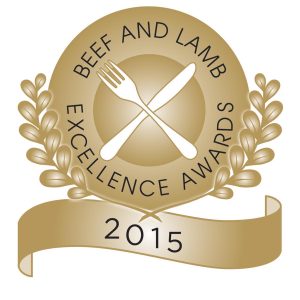
JB “What will this award mean to you?”
MS “It’s such an honour, and an accolade for the country as well because being a Beef and Lamb Ambassador is also recognised out of New Zealand. Everyone admires the quality of our beef and lamb. Going through Europe, they all know about it. These awards are great because they encourage excellence.”
http://nzexcellenceawards.co.nz/directory/
JB “How do you go about it? Do you have to present a chosen dish?”
MS “Basically you register that you’re interested in it, and do the best you can, as always. I had no idea I was being judged. I forgot completely about it. I put beef and lamb on the menu as normal, but changed the dishes around daily, as you do, depending on what we had in the garden. We even changed the whole concept sometimes, made the dishes lighter. Every day it just changes. We’ve had these new baby sweet potatoes, freshly dug out of the garden, and we’ve been serving them crushed with olive oil and a little grind of white pepper, that’s all, and with purple carrots because we had them. But these things never compromise the star, the protein. It depends what we have and what comes to mind. But essentially it’s always a good dish.
For me, personally, the award is something I’ve been striving for, for years. A couple of years ago I had a list of what I wanted to achieve in my career: Chef of the Nation (2005; Chef of the Capital 2011); Represent New Zealand in the culinary arts (2005 and 2006); Beef & Lamb ambassador.”
JB “So you’ve just been able to tick the last one off!”
MS “Yes, but the next quest is being an Ambassador again next year!”
http://nzexcellenceawards.co.nz/ambassador-chefs/
